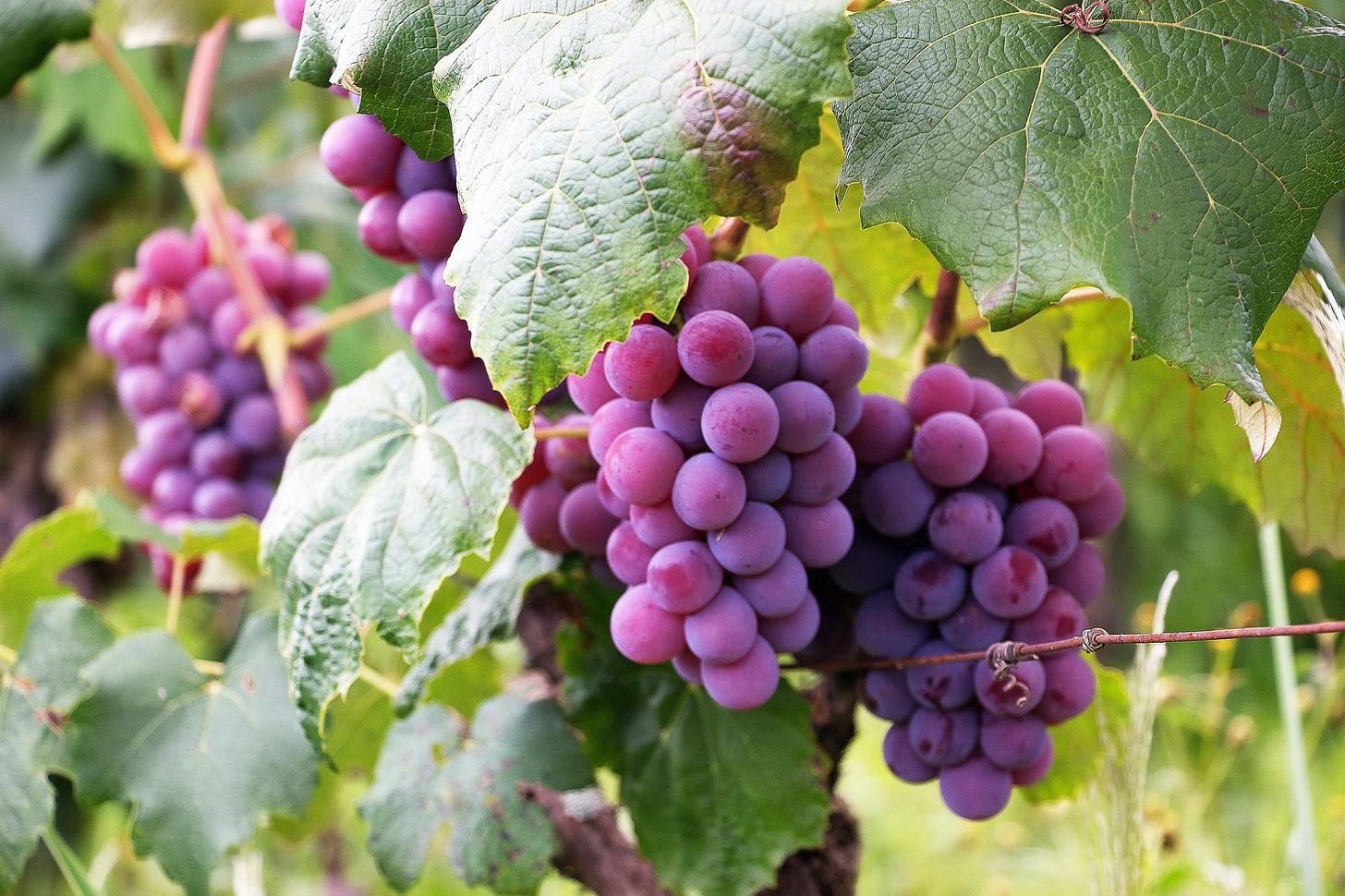What people ate in the Bronze Age is pretty different from what we eat today, for a variety of reasons including climate change and international trade. Potatoes are so much more nutritious than native European crops that it may have caused a population boom, and brussel sprouts tasted disgustingly bitter as early as 20 years ago. So what did plant bree…
Keep reading with a 7-day free trial
Subscribe to Manuscriptions to keep reading this post and get 7 days of free access to the full post archives.



